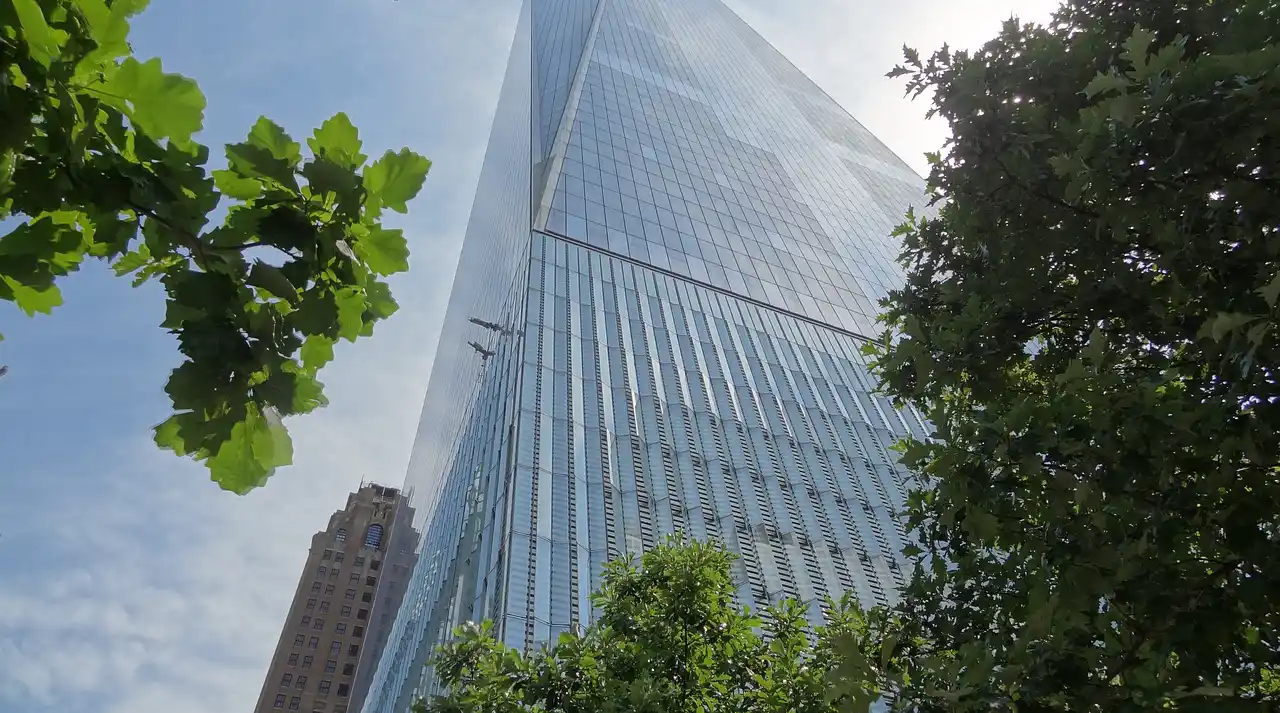Melbourne has come in at fifth place in an international think tank of the world’s most unaffordable cities for housing.
Our northern neighbour Sydney came second, behind only Hong Kong which ranked as the world’s most unaffordable city for property.
Sydney’s house prices were found to be 13 times higher than the median household income. In Hong Kong, that figure jumped to 20 times higher than household income.
In Melbourne, house prices were found to be almost 10 times higher than the median household income.
The assessment came from Demographia International’s 14th annual housing affordability survey.
Making up the rest of the top ten world’s most unaffordable cities were Vancouver, San Jose, Los Angeles, Honolulu, San Francisco, Auckland and London.
As for the rest of our major cities, Adelaide was 16th, closely followed by Brisbane in 18th with Perth coming in 21st.
Demographia report authors Wendell Cox and Hugh Pavleitch said urban containment policy is the driver of affordability problems.
“Virtually all the severely unaffordable major housing markets … have restrictive land use regulation, usually urban-containment policy,” report authors Wendell Cox and Hugh Pavleitch wrote.
“Australia’s generally unfavourable housing affordability is in significant contrast to the broad affordability that existed before implementation of urban containment [also called ‘urban consolidation’].”
CoreLogic’s research director Tim Lawless said continuing to build more and more apartments to help with affordability was the wrong sort of dwelling construction than what was really needed.
“Lots of people have suggested introducing more supply, amid an unprecedented boom in construction,” he told ABC.
“It’s difficult to keep up with housing demand, but this is not the right type of housing stock.”
Mr Lawless said as long as there was enough infrastructure to support it, a better construction option could be to build more detached, medium-density dwellings in middle and outer-fringe suburbs rather than continuing the boom in inner-city apartments.



